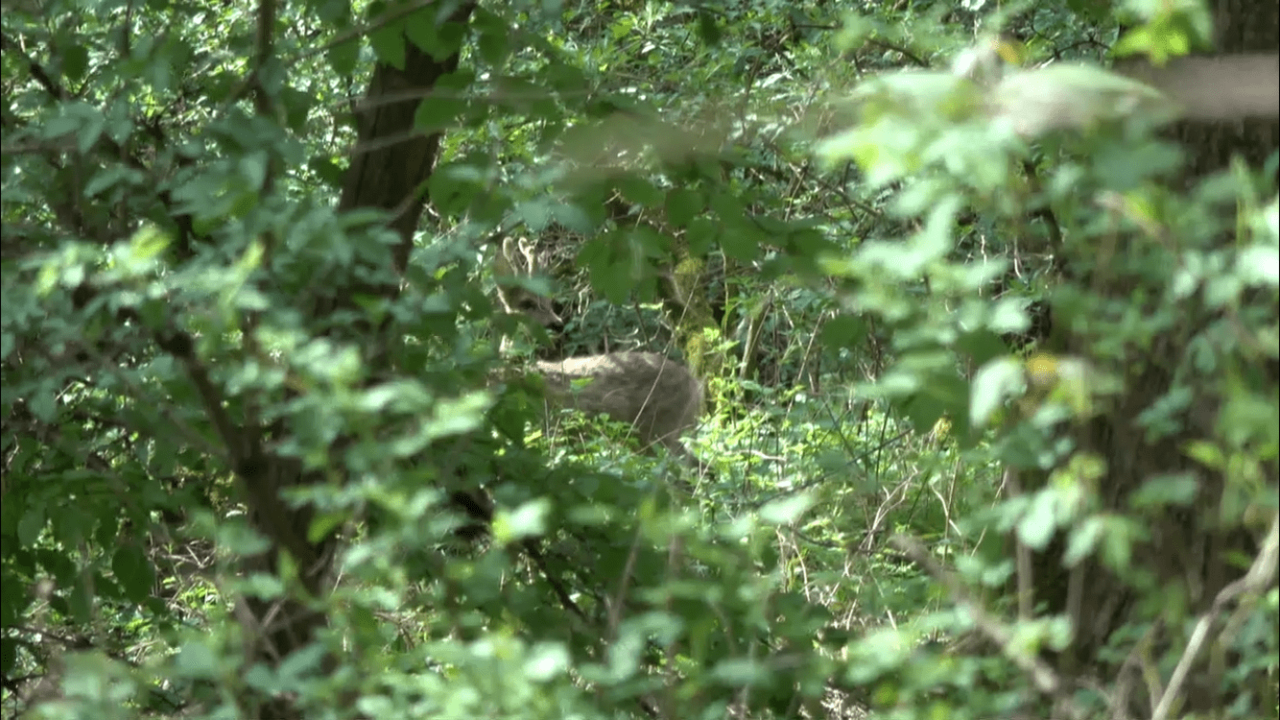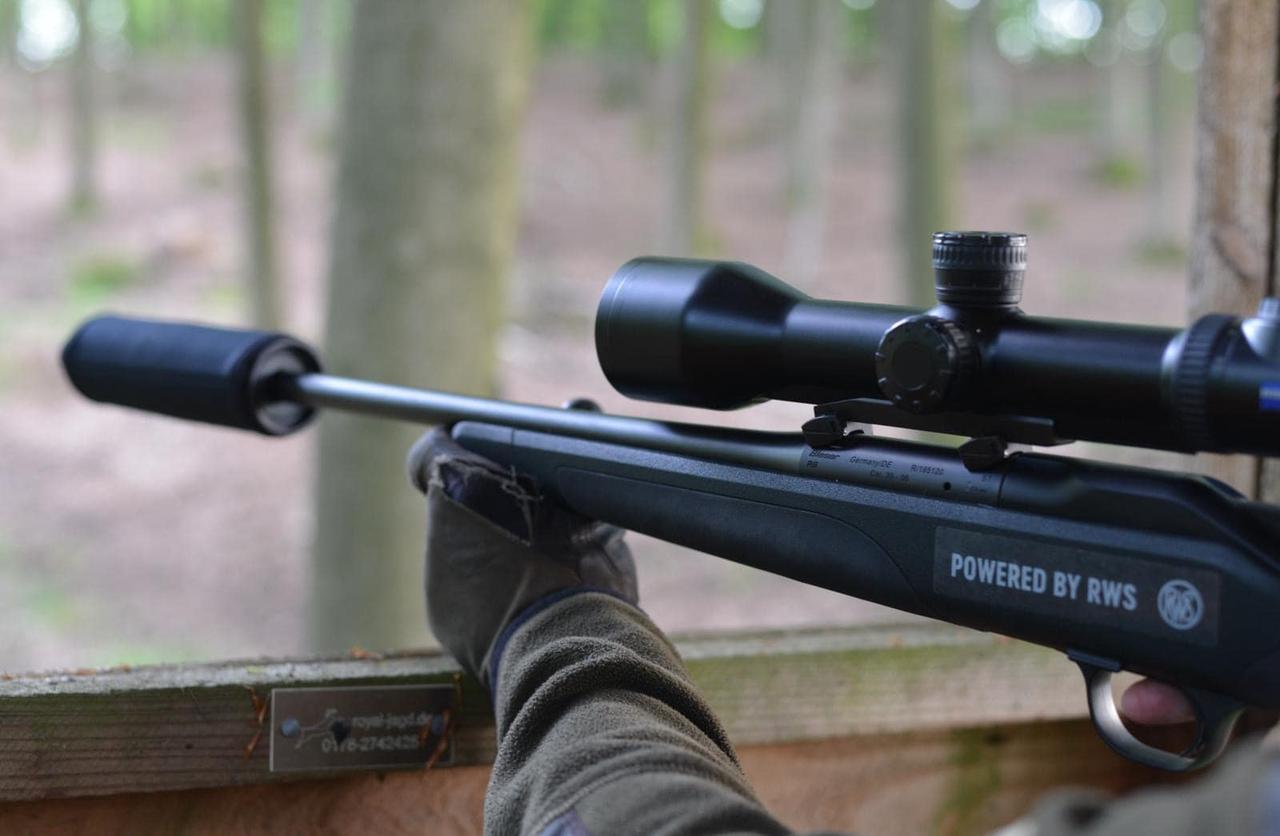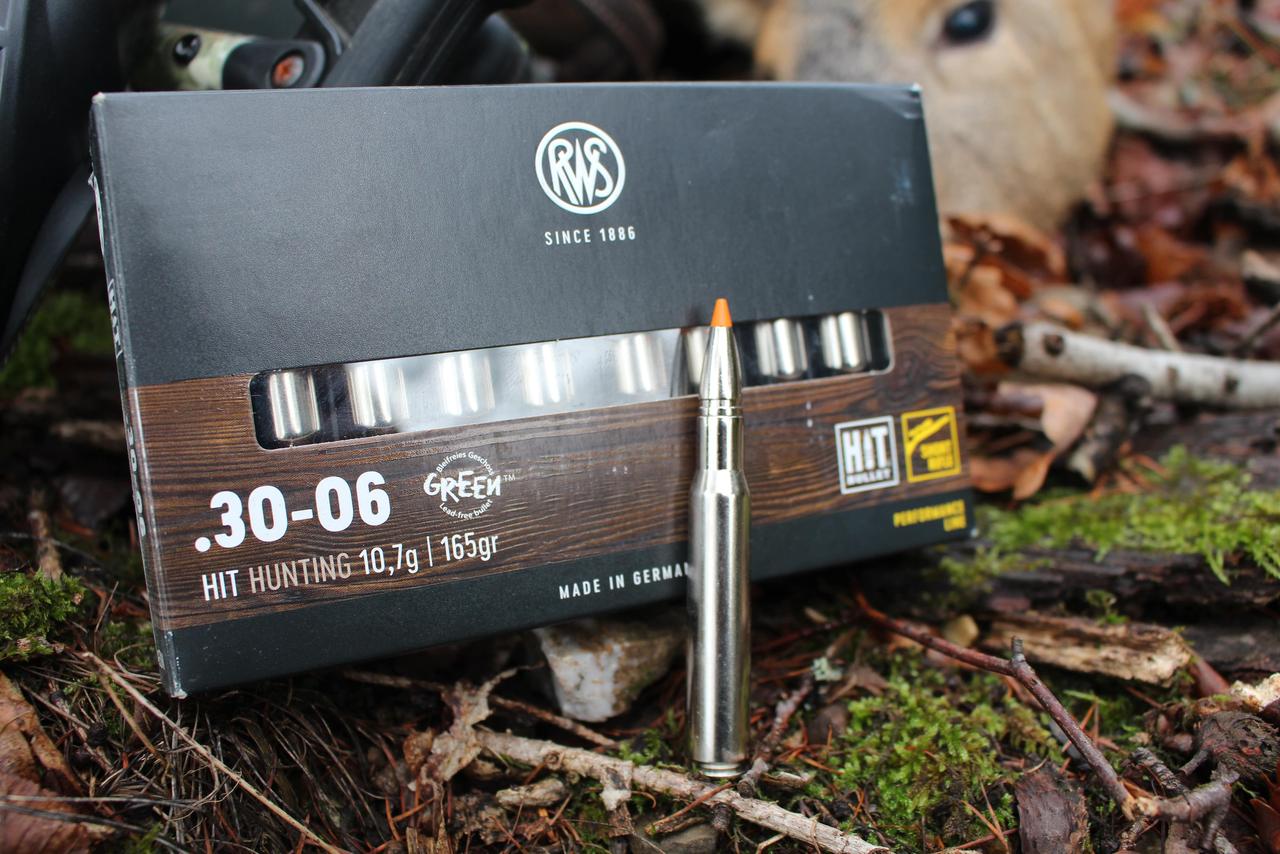Successful start to the buck hunting season in April – Tips and tricks
For most of us, the start of the buck season marks the real beginning of the hunting year. I have to admit that I can barely contain my excitement every time when I set off to track bucks on the first morning in May. Many of Germany’s federal states have granted exceptions or changed the laws so that hunting for roebuck and barren roe starts as early as April. But how sensible is it to begin hunting for bucks and barren doe in April? Opinions are naturally seriously divided on this issue, and there are some who reject the idea of buck hunting in April. But there is no doubt that the early begin of buck hunting comes with some benefits, especially in forest districts.
Roe deer are more visible
Compared to May, the vegetation is not yet so dense in April. The canopy of leaves is not fully formed and even the flora on the ground is just getting ready to go. While tender greenery is available almost everywhere for roe deer to graze in May, it is the light-flooded clearings, trails or roadside patches that magically attract them in April. This is an immense benefit, particular for hunting in woodlands. Game is more visible than could ever be the case in May.
Bustling activity
Compared to May, territorial behaviour is also more pronounced in April, especially among the older roe deer. The old bucks are in the middle of their initiation fights, which then tend to wind down in May. Deer like to use obvious structures like paths, trails, forest boundaries and hedges etc. to delimit their territories. Bucks also scrape and scuff their hooves to mark their terrain, which means that these areas become real hotspots for roe deer at the start of the buck hunting season in particular. How often have I heard someone say the following words while photographing or sketching the bucks in April: “I’ll deal with him directly at the start of May!” Famous last words, you might say, because the old bucks have then vanished without a trace a little later and do not reappear – if you’re lucky – until the rutting season.

Coming of age
April also comes with a few advantages for hunting barren doe and yearlings. Barren doe and yearlings are usually still with their mothers in April. Come May, though, most of them will have ventured off on their own when the roe are busy giving birth to the fawns. Hunters are often fortunate enough to encounter intact family units in April. Intact family units comprising a mother, barren doe and yearling provide the enticing opportunity to take down a pair with clean shots and bag an impressive assortment of game. But it’s important to keep a few things in mind if you want this to succeed. Over the years, I have often noticed that the first target needs to be in a good position if you plan to take down two animals. It is vital to wait for the right moment, provided the circumstances are favourable. This means that you pull the trigger when another deer starts peering in the direction of your target. This basic rule applies to roe deer, as well as to virtually any cloven-hoofed game. Ideally your target will drop in its tracks, because it would usually provoke a stampede if it manages to leap away. Bagging a one-two has become considerably easier since I started to use suppressors, in my case mainly the Hausken JD 184 XTRM and the WD 60 XTRM. My feeling is that the roe deer linger for longer after a silenced shot. Besides that, they find it more difficult to detect the direction from which the shot was fired.. I believe that using a suppressor brings a huge advantage, especially when hunting young game. It is my view that shooting with a silencer generally provokes less commotion in the field. And when the temperatures permit, it is a good idea to linger for a little in the blind after bagging a prize. The same applies when hunting without a silencer, of course. Humane hunting and making the best use of the meat are my biggest concerns, so it’s not wise to wait too long after the shot. After all, hunters deliver first-class food, and its production begins with a clean shot and careful gutting.

Spoilt for choice
In general, there are only a few things to bear in mind when selecting the right calibre for hunting. But seeing as I do not hunt in areas populated exclusively by small game, I always use a calibre suitable for big game to hunt roe deer. Who hasn’t been taken by surprise when sows make their way back to their daytime spot in the best light? The current laws on hunting ammunition means that I would only use lead-free bullets. I have used the RWS HIT to hunt deer for a few years now. As a lead-free deformation bullet, I am thoroughly convinced by the HIT projectile, especially due to the extremely low loss of game meat. Seeing as I tend to place the shot just behind the shoulder blade if I can, the animals may occasionally manage to flee for a short distance before dropping. The distance is usually around 25 metres at most, so I prefer the RWS HIT partial deformation bullets with their strong immediate effect, which leave a strong exit wound and produce a clear blood trail that is easy to follow. I have always produced good results and clean game meat with RWS HIT bullets, even with more powerful calibres like the .300 Win. Mag.

A real benefit in the woods
The final issue to clarify is whether it really is a benefit to start hunting bucks and barren doe as early as April? I am a clear advocate of this practice. The prevailing forest conditions in April are definitely beneficial for truly efficient and non-disruptive hunting. Aside from that, the deer are much easier to target during this period, compared to the end of May. This is especially true of barren doe. An early start to the hunting season does not automatically mean that the game is given less respite in their forest habitats. In fact, it means that roe deer can enjoy a longer close season before rutting.
Naturally, though, it is up to anyone holding a hunting license to decide how they will hunt in their districts. Certainly, weak yearlings in particular have not yet cast off their winter coats by April – but the time of killing has no influence on the meat. And you really do not have to worry about encountering older bucks still with velvet on their antlers in April.